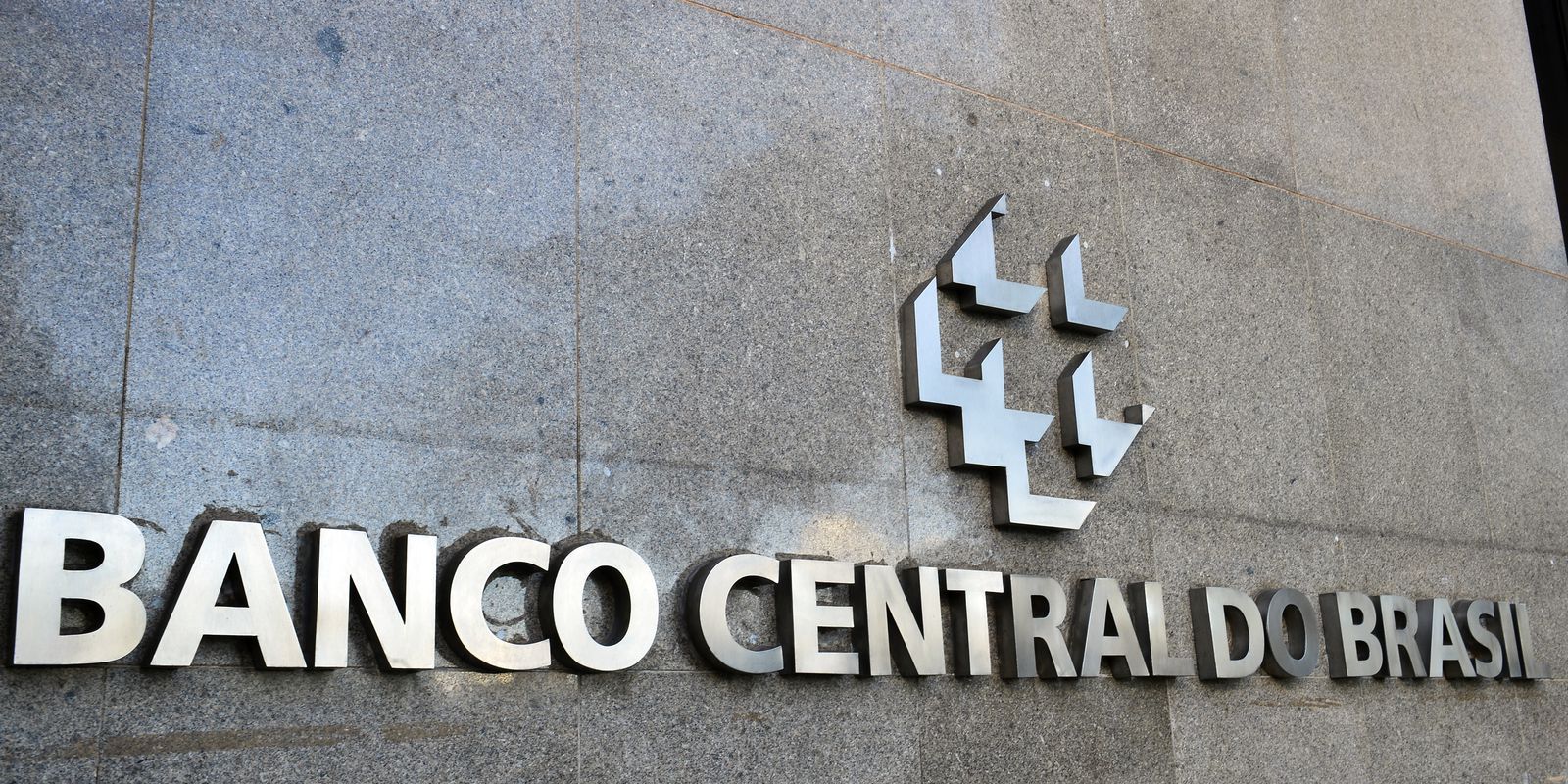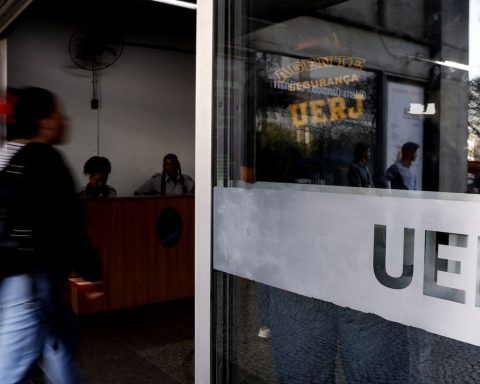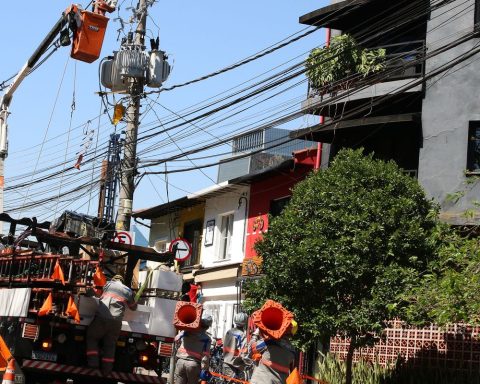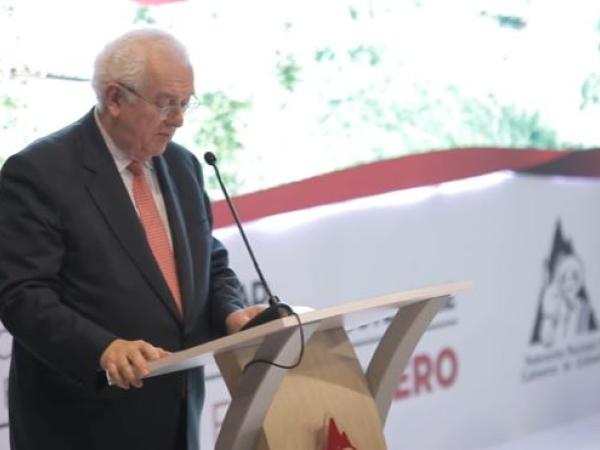Brazil’s gross debt fell again in October and closed at 76.8% of the Gross Domestic Product (GDP, the sum of goods and services produced in the country), corresponding to R$ 7.3 trillion.
The data were disclosed today (30th), in Brasília, by the Central Bank (BC). This is the lowest level since February 2020, before the start of the pandemic, when the debt was 75.3% of GDP. Last month, in September, the indicator added up to 77.1% of GDP.
“With the pandemic, the gross debt rose as a result of the expenses necessary to face it, but it has decreased”, said Fernando Rocha, head of the BC’s Department of Statistics, in an interview. Gross general government debt comprises the federal government, Social Security (INSS) and municipal and state governments.
This drop in public debt throughout the year is explained by three combined factors, such as GDP growth, net debt redemptions and exchange rate appreciation. “In accumulated terms for the year, the reduction of 3.5 percentage points (pp) reflected the impact of nominal GDP growth (-7.0 pp), net debt redemptions (-2.5 pp), the effect of the appreciation accumulated exchange rate (-0.3 pp) and nominal interest appropriated (+6.3 pp)”, informed the Central Bank.
The federal government’s estimate is that the country’s public debt will end the year lower than pre-pandemic levels. The net debt of the public sector (balance between the total credits and debts of the federal, state and municipal governments) remained stable at 58.3% of GDP last month, the same percentage verified in September.
Primary surplus
Public accounts ended October with a positive balance of R$ 27.1 billion. The amount is lower than the positive balance of BRL 35.4 billion obtained in October 2021. The central government and state-owned companies showed surpluses of BRL 30.2 billion and BRL 711 million, respectively, while regional governments had deficit of BRL 3.9 billion.
In the 12 months ended in October, the consolidated public sector primary surplus reached R$ 173.1 billion, equivalent to 1.82% of GDP.
In 2021, public accounts ended the year with a primary surplus of BRL 64.7 billion, 0.75% of GDP. It was the first year of positive results in public sector accounts, after seven years of deficit. In 2020, public accounts had a record primary deficit of BRL 702.950 billion, 9.41% of GDP, due to spending on the covid-19 pandemic.
Deficit
The performance of state governments, which registered a deficit last October, was well below the surplus of BRL 6.6 billion obtained in October 2021. The explanation, according to Fernando Rocha, is the drop in collection of the Tax on Circulation of Goods and services (ICMS)an exclusive tax for the states, which suffered a rate reduction for some essential sectors, such as fuel, energy and telecommunications under a Complementary Law approved in July of that year.
“An important aspect to explain the result is the reduction in revenues, given that ICMS collection, adjusted for inflation, that is, in real terms, fell by 12.1% in the comparison of October 2021 with October 2022”, he explained. Rock.















